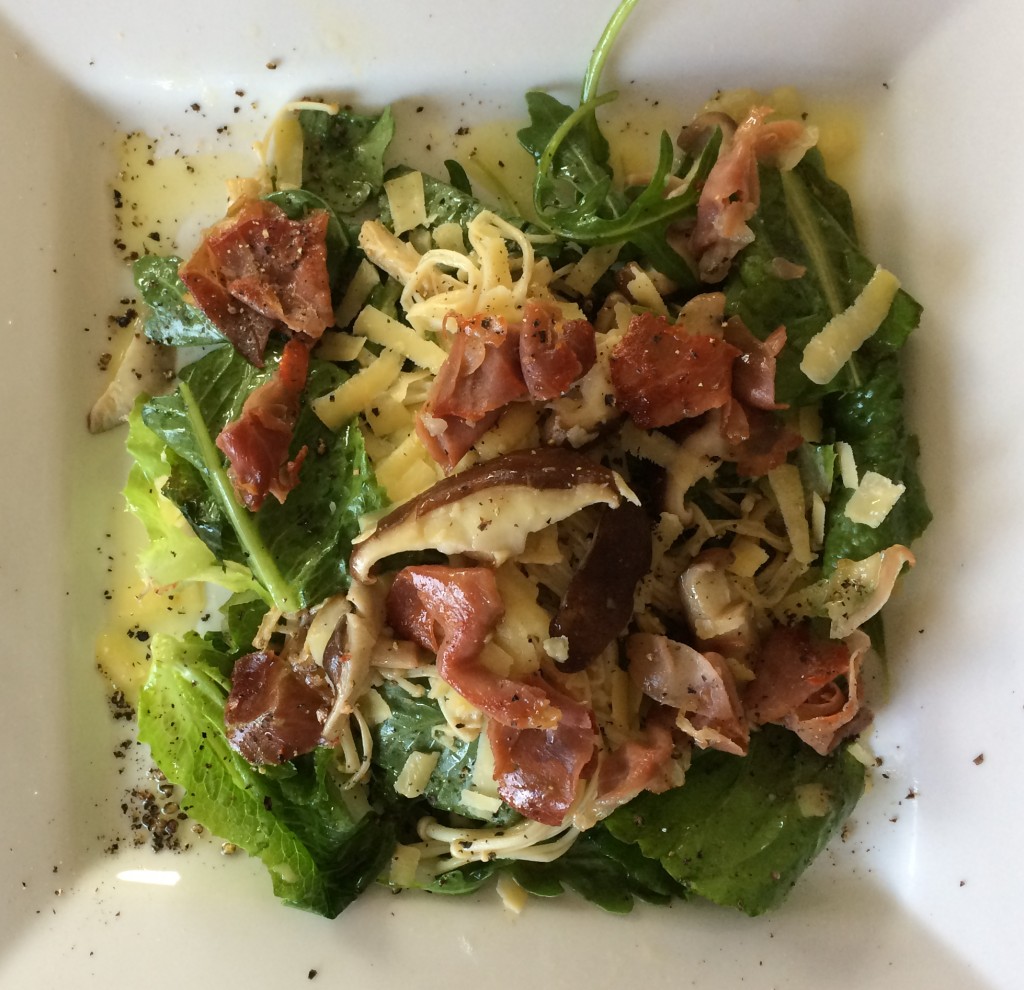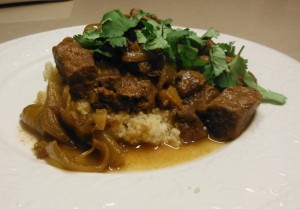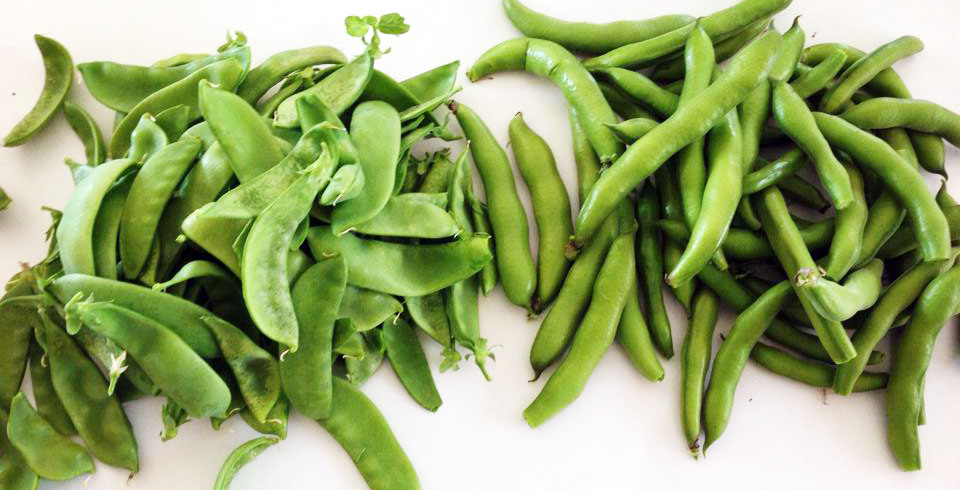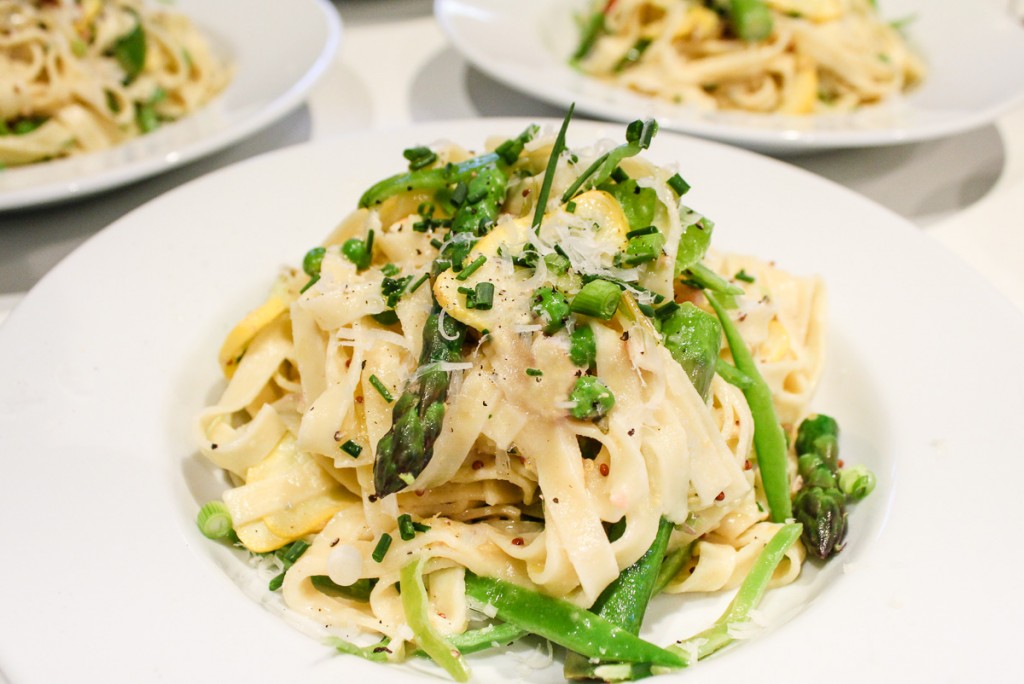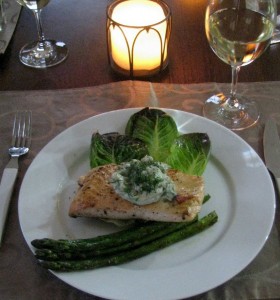Everyone has a recipe for spaghetti bolognese, or “spag bol” as it’s fondly known in our house. My Mum taught me to make it when I was about ten, so I could probably do it with my eyes closed. She learnt to make it with a can of corned beef when the family were posted to Malta with the Army during WWII and living on strict rations. A family of seven received one 450g can of Fray Bentos corned beef in their fortnightly allocation.
Fortunately, nobody needs to eat canned meat these days, so this adapted version uses fresh minced beef. It also uses lots of mushrooms, which is something which was added to the recipe after the war. As a mushroom fan I think they are an essential ingredient, but you can of course leave them out. A lot of kids don’t like them.
You may think it’s a bit “retro” to use an oxo cube, but it’s one of those recipes I’ve been making forever, it works, so why change it? I sometimes double the recipe which makes enough to freeze some for another day, or to make a small lasagne.
Every kid should have spag bol in their repertoire by the time they leave home. When our kids were in their teens they each had to cook dinner one day a week. They had to put the ingredients on my shopping list and then after dinner the other two had to clean up. Our youngest son usually made spag bol. Maybe get yours to make it next time?
2 Tbs olive or vegetable oil
1 large onion, chopped
2 cloves garlic, peeled and crushed
250g mushrooms, wiped and sliced
500g minced beef
400g can peeled tomatoes, chopped
Water
1 beef oxo cube or beef stock cube
1 Tbs tomato paste
3 tsp dried oregano or 1 Tbs fresh chopped oregano or marjoram
3 Tbs dry sherry or red wine
1 tsp sugar
Salt and freshly ground black pepper to taste
Heat oil in a large frying pan and cook onion and garlic until soft but not brown. Add mushrooms and continue to cook and stir for a few minutes until the mushrooms have softened and are starting to brown. Add the mince and continue to cook and stir, breaking up any large bits, until the meat is browned all over. Add tomatoes, a can of water (using the empty tomato can) and remaining ingredients.
Simmer the sauce, stirring every five minutes or so, for 30-40 minutes, adding more water whenever the sauce gets too thick. You will probably use about 3 cans of water altogether.
Serve with cooked spaghetti or fettuccine, grated cheese (Parmesan or cheddar or a mixture) and a mixed salad.
Serves 4

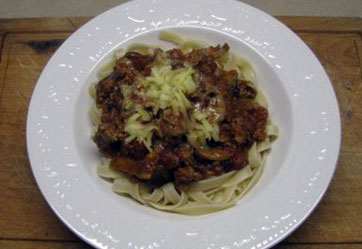

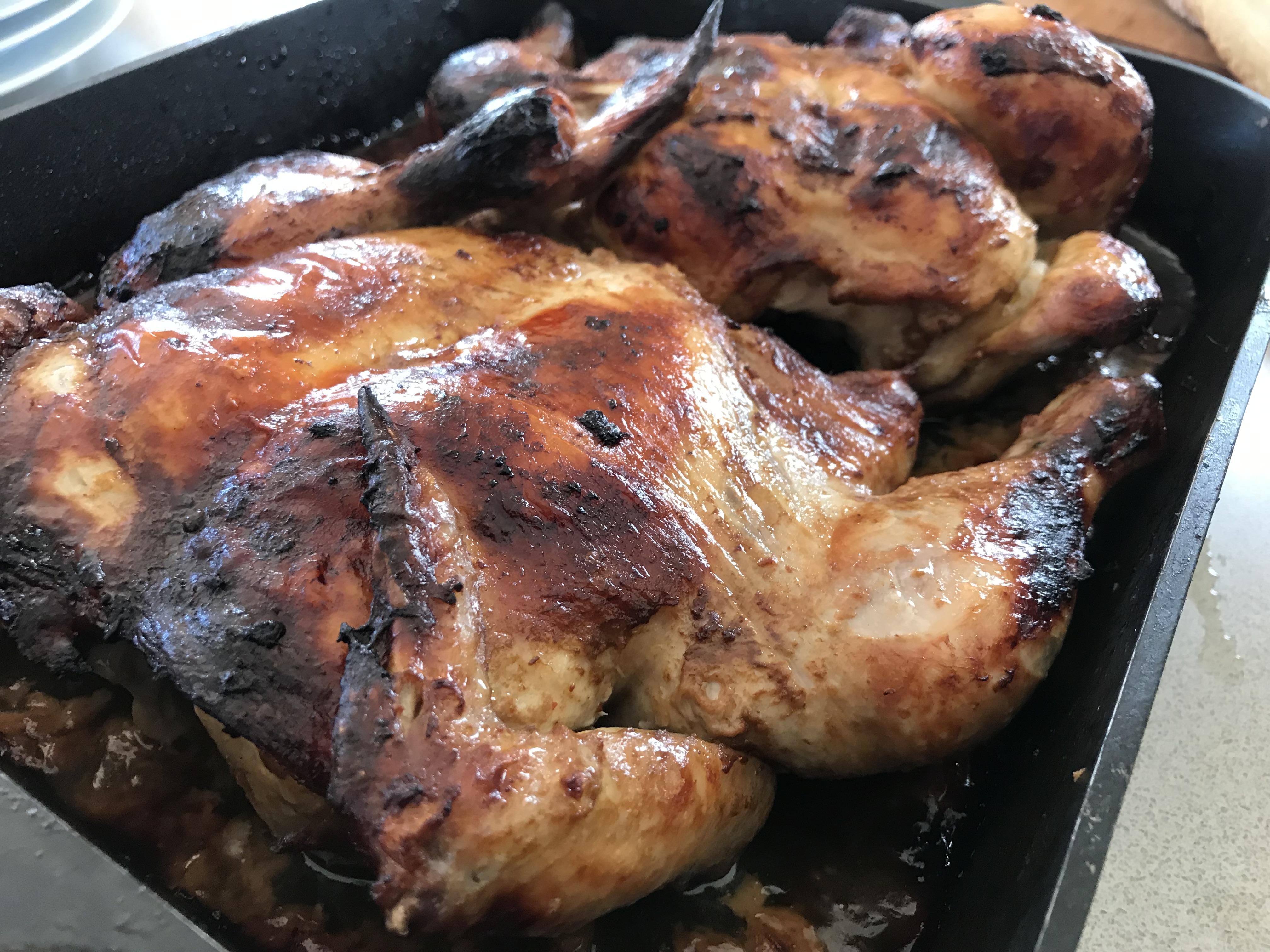
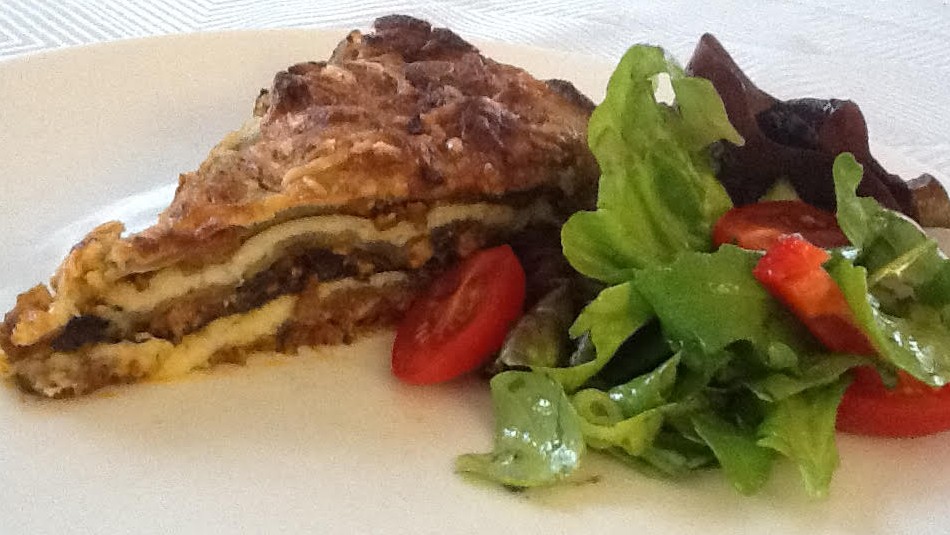 Meat Sauce:
Meat Sauce: